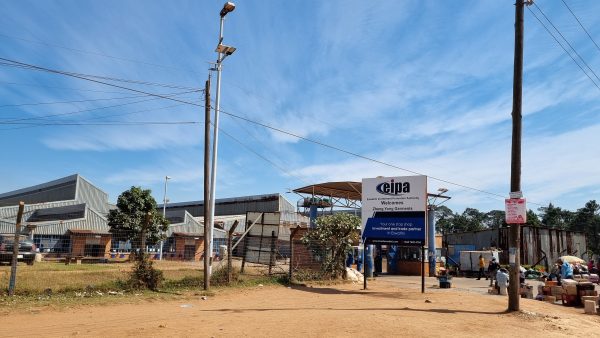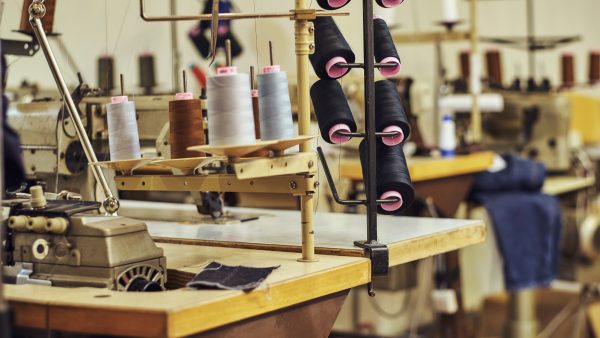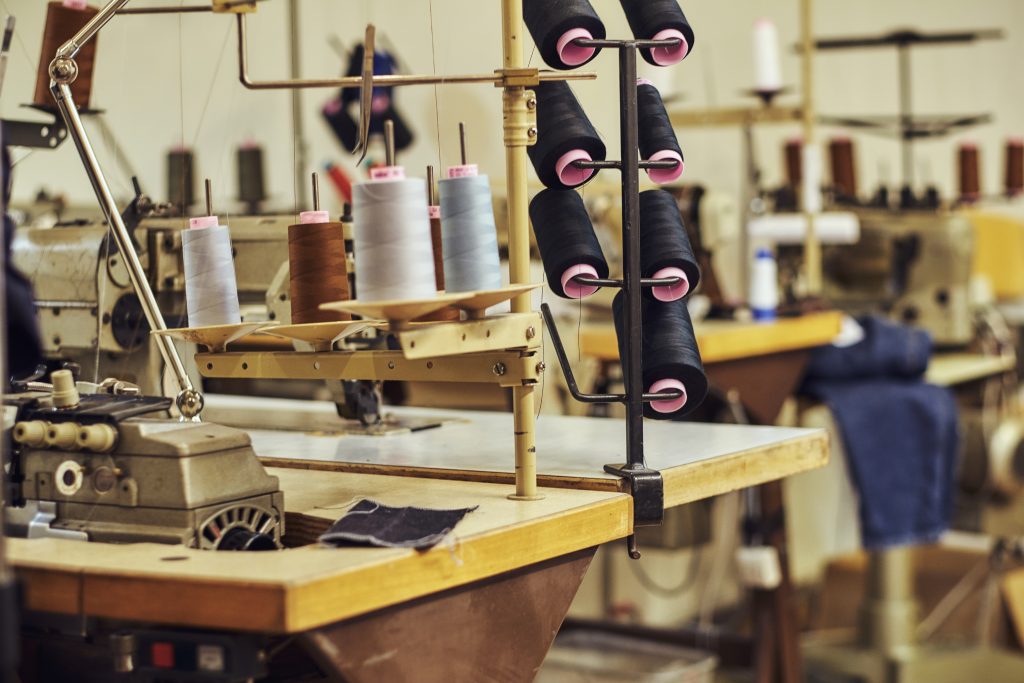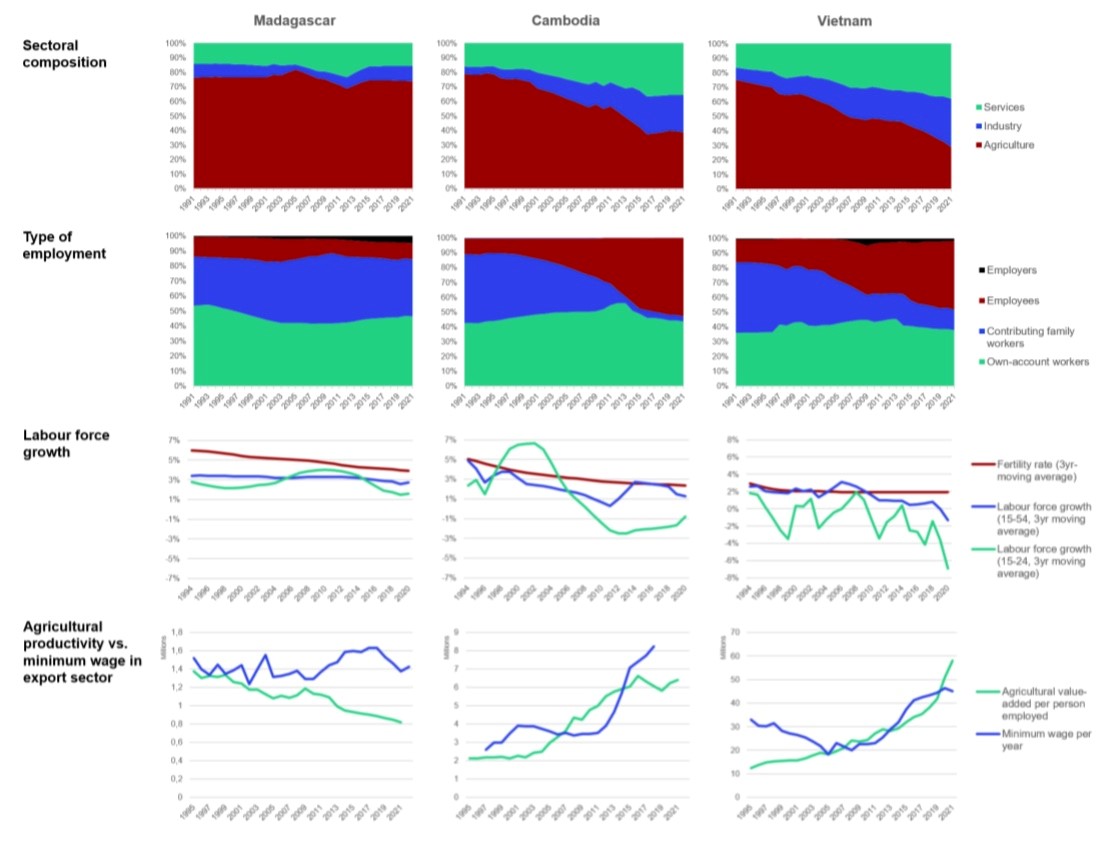By Andries Bezuidenhout and Søren Jeppesen

The location of garment factories in Southern Africa is often determined by boundaries between countries and the implications that these boundaries have for labour markets. Many of these garment manufacturers are from Asia – especially Taiwan – who locate their operations in Southern Africa to take advantage of the Africa Growth and Opportunities Act (AGOA) of the US, which provides access to the US market as development strategy.
Of course, the future of this “trade, not aid” strategy and its contribution to the US’s soft power is uncertain, due to the new Trump administration – but this is a story for another day (or blog).
Nevertheless, since the early 1990s, several well-established South African owned garment manufacturing operations have also been relocated to both Eswatini (formerly called Swaziland) and Lesotho.
One advantage of this is that workers in the two countries fall under different labour regimes, with much lower minimum wages. Since both Eswatini and Lesotho are part of the Southern African Customs Union (SACU), clothes manufactured in the two countries are not subject to import tariffs when imported back into South Africa, which remains the main market of these firms.
So, in theory, goods can flow freely across the borders between South Africa and its two smaller neighbours. An unforeseen event, of course, was the Covid-19 pandemic, which led to these borders being shut down.
Our travels to visit these factories and to understand how these varying labour regimes play out in practice have led us to make a number of ethnographic observations about the lives of the South African managers of these factories.
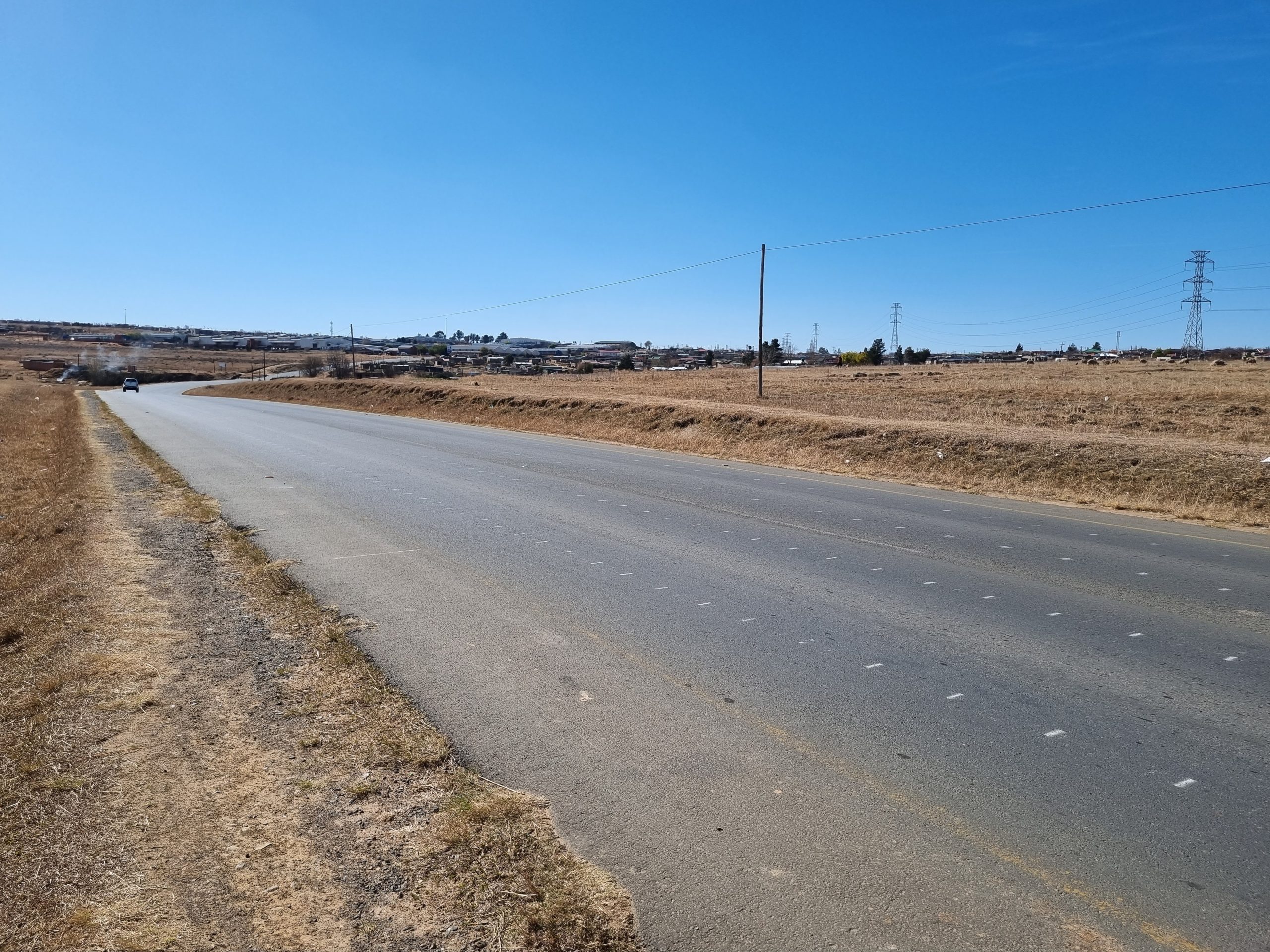
A first observation to make is that, whilst the manufacturing operations of these companies are now mainly located in Eswatini and Lesotho, their marketing and management arms are still in South Africa’s main urban centres of Johannesburg and Durban. This means that there is constant regional travel between these urban centres and the two neighbouring countries.
In South African terms, Eswatini is driving distance from Johannesburg – you can drive there in a morning, cross the border, and get to the factory with ease. South African managers who run the manufacturing operations (as opposed to marketing and distribution) often relocate their families to Eswatini and typically live in a place called Ezulwini.
Ezulwini (translates to English as “heaven”) is in a valley between two mountain ranges. There are hotels that housed the casinos which were frequented by South Africans at the time of apartheid, when gambling was illegal in South Africa.
More recently, thought, a smart shopping complex called “The Gables” was constructed, housing South African coffee shop franchises (Mugg & Bean), shops, and even a 3D cinema. The complex’s style – its gables – refer to Cape Dutch architecture, a style of colonial South African architecture characteristic of wine estates in the Western Cape.
Eswatini’s garment factories are mostly located in Matsapha, which is a short drive from Ezulwini, and managers can easily move between their residential estates in Ezulwini and Manzini’s industrial district.
Eswatini also has a number of elite private schools, notably Waterford, of which the actor Richard E Grant is an alumnus – an additional advantage for South African managers and their families.
Controversially, Eswatini is a monarchy and notorious for the repression of political dissent from both labour and human rights activists. Policing – even traffic policing – is quite visible and the country has a reputation of being a safe place, that is as long as you don’t challenge the regime. For South Africans from crime-ridden Johannesburg, this could also seem like an advantage.
Our observations are that South African managers running operations in Lesotho follow a different strategy. Lesotho is further from South Africa’s main urban centres – it would take a whole day to drive from Johannesburg or Durban to there. Also, the factories here are in a town called Maputsoe, which is less spectacular than the misty mountains of the Ezulwini valley in Eswatini.
However, the main industrial area in Lesotho, Maputsoe, has the advantage of being right next to the South African border and a town there called Ficksburg. The latter is known as a hub of cherry farming, it has quaint coffee shops and road stalls, as well as established middle class schools and suburbs.
The Eastern Free State, where Ficksburg is located, is known to have beautiful mountain ranges and attracts tourists from the country’s urban centres – notably to a town called Clarens, as well as Rosendal, a small town close to Ficksburg where several well-known South African visual artists reside.
The South African managers of garment manufacturing operations in Lesotho have mostly made homes for themselves in these towns on the border of Lesotho, but still in South Africa. Those who live in the South African town of Ficksburg can cross the border between the two countries on a daily basis with relative ease – a special permit makes this even easier, since they don’t have to go through daily customs checks.
This was until Covid-19 hit.
Interestingly enough, because the South African managers in Eswatini lived in the country, they were able to maintain a presence at their factories. Some switched to the manufacturing of protective gear, such as face masks, but textile supply lines from China were severely disrupted. Also, the South African border was closed for a certain time.
Tragically though, and within the broader context of massive suffering during the pandemic, a prominent South African manager contracted Covid and was not allowed to cross the border into South Africa to seek medical attention. He died of the disease.
In Lesotho, the majority of the South African managers were not able to cross the border into Lesotho to run their operations. However, it turned out that their Basotho colleagues were quite able to manage without them. They had contact on web-based platforms and over the telephone, but when the lockdown ended, and despite disruptions in textile supply lines, these companies recovered quite quickly.
Our main focus here is an ethnographic description of how South African managers decide to run their operations in neighbouring countries, but we have to mention here that the upshot of the Covid-19 pandemic and the lockdown was that there was a reinforcement of regional production networks. It led to a revival of the sourcing of textiles from Southern African manufacturers and garment producers in Eswatini and Lesotho that had previously exported exclusively to the US, redirected some of their orders to the South African market.
But that is also a story for another day (or blog).
By Andries Bezuidenhout, Professor, Department of Sociology, Anthropology and Development Studies, University of Fort Hare, South Africa and Søren Jeppesen, Associate Professor, CBDS, MSC, CBS

